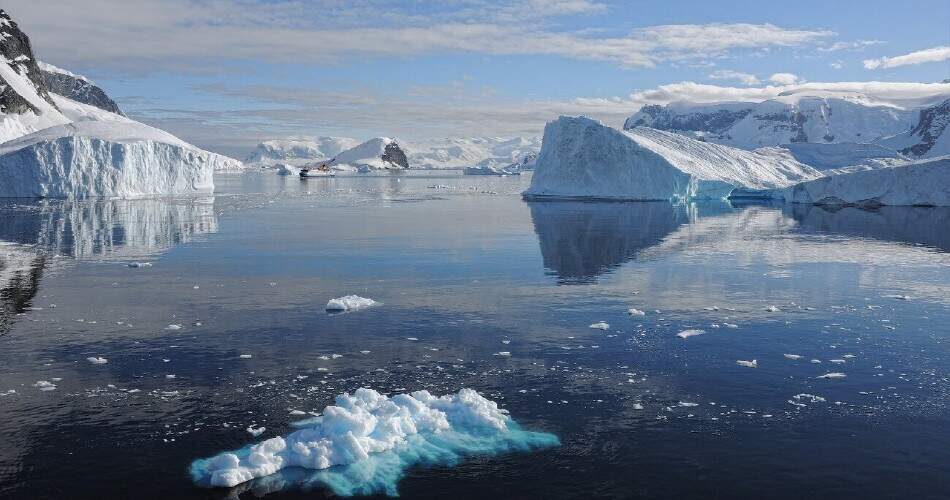Estimated reading time: 1 minute
The average temperature in January, the warmest month of summer, ranges between 4ºC (39.2ºF) on the coast, and -40ºC (-40ºF) in the interior of the continent. During the winter, the average is between -23ºC (-9.4ºF) and -68ºC (-90.4ºF). The minimum registered temperature was -89ºC (-128.2ºF). Across the continent, the limited precipitations occurs mostly in the form of snow.
The Antarctic continent is considered partly a desert, in spite of the enormous reserve of fresh water that it possesses, because the precipitations are limited, and in addition, when the water is in the form of ice or snow, does not help the flora and the fauna. Only a small percentage of the precipitations occurs in the form of rain, during the austral summer and, mainly, in the coastal areas and the surrounding islands. The strong winds are characteristic of Antarctica.
They are conditioned by the anticyclone (or high pressure center) that usually develops in the interior of the continent, from where winds are generated that head north and northeast, due to the Coriolis effect and the cyclone zone (or low pressure centers), located in subpolar latitudes. Storms of snow and wind are frequent, without electric storms. The wind can reach 200 km per hour, with even higher gusts. Typical of the region are the katabatic winds, which descend towards the coast from the interior. It is common for blizzards to form, which carry snow, which is why they are also known as white winds.
If you want to find out about the temperature record in Antarctica, check out our article on this topic: A new temperature record in Antarctica.
[Photo from Pixabay]
